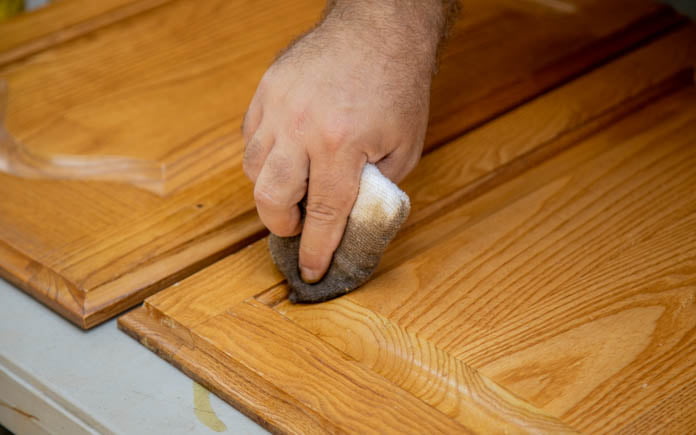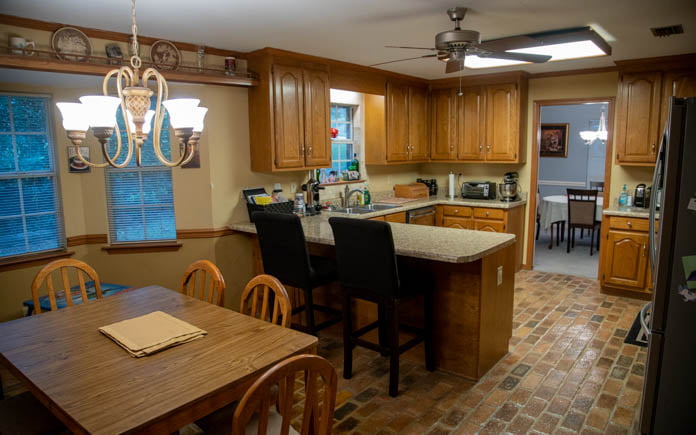Refreshing a Vintage Home’s Eighties Exterior
In this episode, we’re bringing a vintage 80s brick home into this decade with an exterior refresh. Homeowner Kim Hetzman and her three children live in this home that her children have deemed ‘the hot dog stand.’ (The nickname comes from the awnings that resemble a hot dog kiosk.) Needless to say, Kim is ready … Read more









